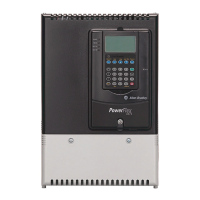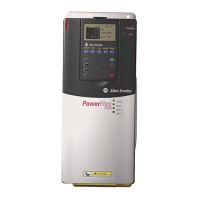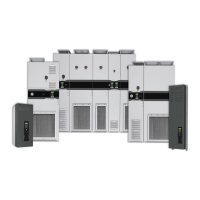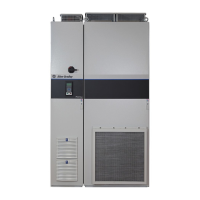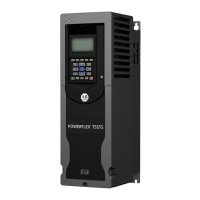Rockwell Automation Publication 520-UM001K-EN-E - August 2021 255
Appendix J PowerFlex 525 PM Motor Configuration
• Flux current (estimated in Static Tune and measured in Rotate Tune
test).
• Slip RPM, which is calculated from motor nameplate data. If an encoder
is used, the Slip RPM becomes a measured value using the encoder.
Auto Tune Window
A properly tested motor and drive helps ensure higher starting torque and
better performance at low speeds. Conversely, an improperly performed Auto
Tune can cause the motor to exhibit instability at low speeds, uneven
performances when running through the motor speed range, and can generate
unnecessary faults such as overcurrent and overvoltage faults.
Static Tune
This test is used when the motor is connected to a high friction load and
cannot easily be uncoupled from the motor, or when the load cannot be rotated
due to mechanical constraints or a limited range of movement. The Static
Tune test does not generate any motor movement. The Static tune test results
may not be as accurate as the Rotate Tune test.
Rotate Tune (preferred for PM motor tuning)
This test is used when the motor is not coupled to the load or the load is low
friction. Rotate tune is generally used to better identify motor flux and stator
electrical properties, which are used to automatically tune the torque current
loop. The Rotate Tune test causes motor rotation at different speeds while it is
executing.

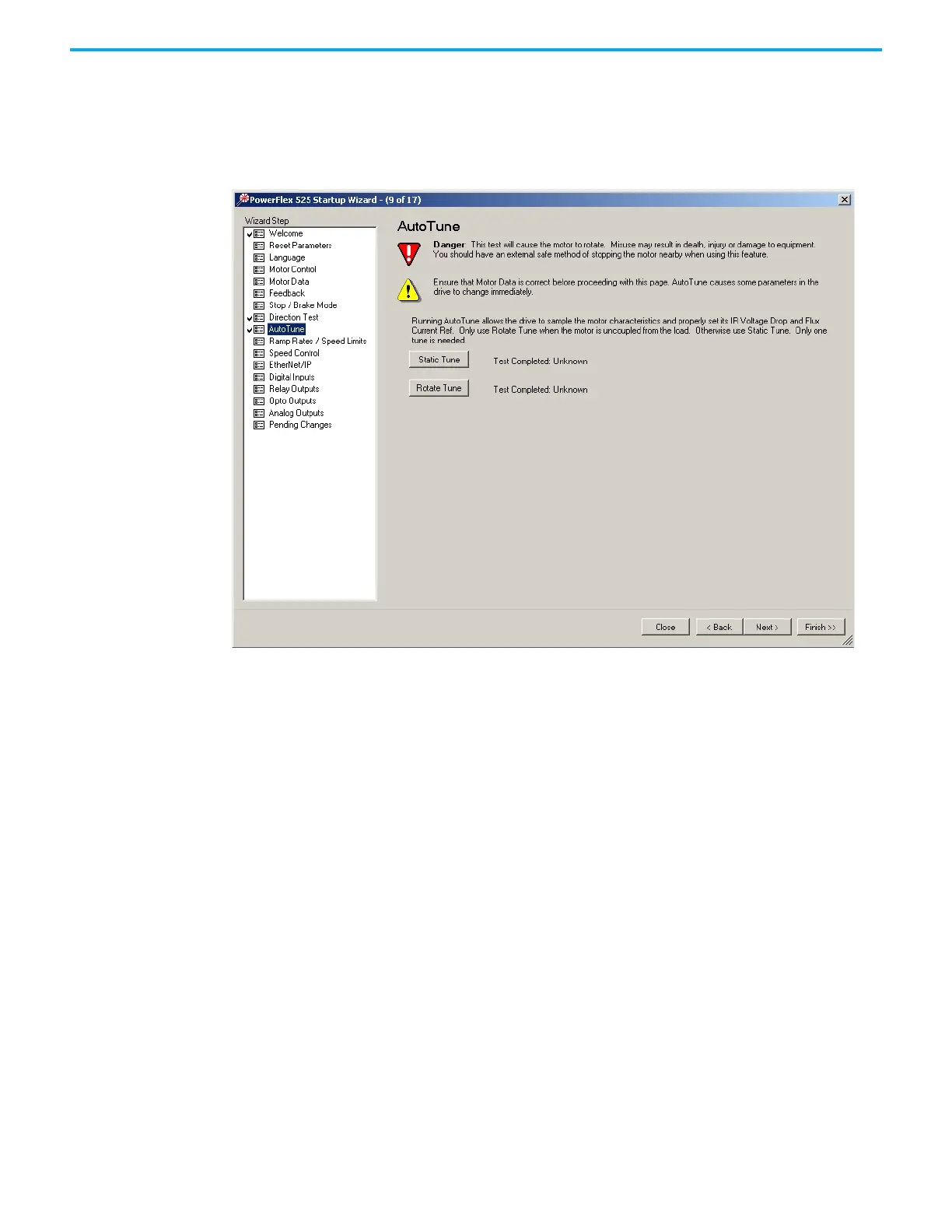